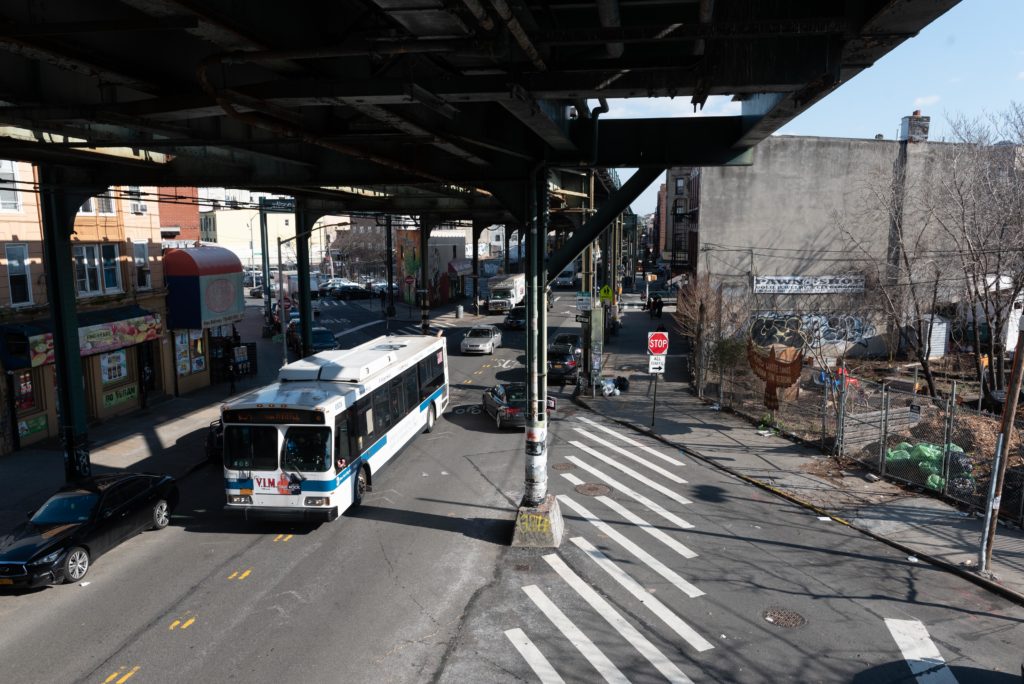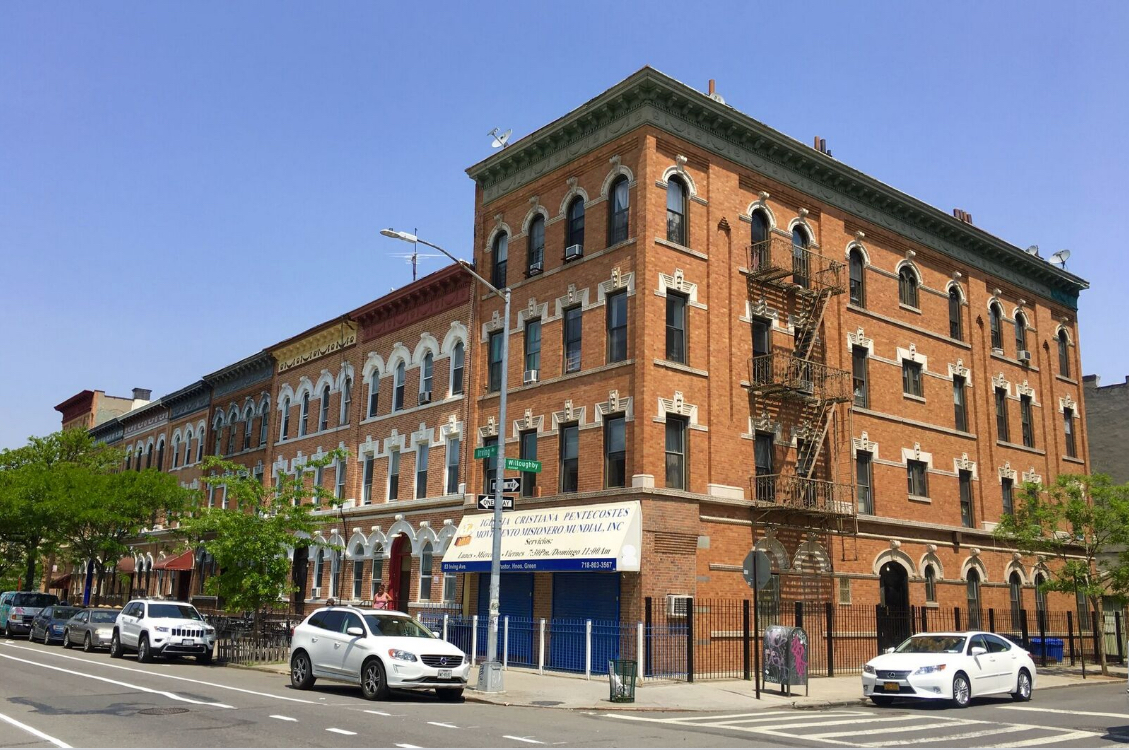Brooklyn pol demands faster action on Bushwick rezoning
City says 'stay tuned'

The city is studying a plan to rezone a swath of Bushwick. Photo: Paul Stremple/Brooklyn Eagle
Exclusive: City Councilmember Antonio Reynoso is demanding the Department of City Planning move faster to release its Bushwick rezoning plan and blamed his fellow elected officials for their failure to win over local critics in rezonings around the city.
The request comes nearly five months after a grassroots coalition submitted the Bushwick Community Plan, a list of proposals and recommendations for such a rezoning. Reynoso, who represents the neighborhood, spearheaded the initiative alongside Councilmember Rafael Espinal.
Related: The Bushwick Community Plan: Everything you need to know
